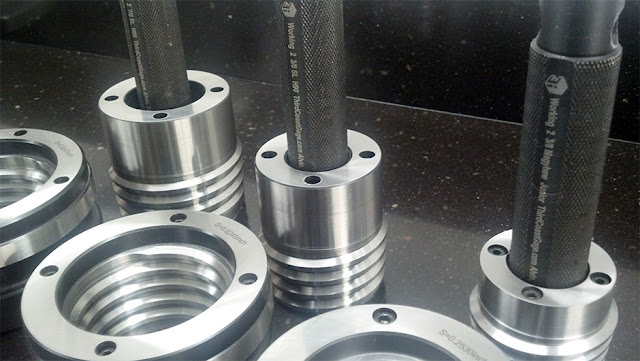The Art of Thread Gage Calibration for Seamless Accuracy
The Art of Thread Gage Calibration for Seamless Accuracy
In the world of manufacturing, precision is key. One crucial tool in ensuring that precision is maintained is the thread gage. However, in order for a thread gage to provide accurate measurements, it must be properly calibrated. This blog will delve into the intricacies of thread gage calibration, exploring the importance of this process and the steps involved in achieving seamless accuracy.
What is Thread Gage Calibration?
Thread gauge calibration is the process of adjusting and verifying the accuracy of a thread gage to ensure that it provides precise measurements. Calibration is essential because even the slightest deviation in measurement can lead to errors in production, resulting in waste, rework, and ultimately, loss of time and money.
Why is Thread Gage Calibration Important?
Thread gages or gauges are used to check the accuracy of threaded parts, such as screws, bolts, and nuts. These parts are ubiquitous in industries ranging from automotive to aerospace, and even the smallest deviation in measurement can lead to catastrophic consequences. By calibrating thread gages regularly, manufacturers can ensure that their products meet the required specifications and standards, leading to higher quality and reliability.
How is Thread Gage Calibration Done?
Thread gage calibration involves a series of precise measurements and adjustments to ensure that the gage is operating within the specified tolerance limits. The process typically includes the following steps:
- Preparation: Before calibrating a thread gage, it is important to clean and inspect the gage for any damage or wear. Any issues should be addressed before proceeding with calibration.
- Reference Gage: A high-precision reference gage is used as a benchmark for calibration. The thread gage is compared against the reference gage to determine any deviations in measurement.
- Adjustment: If the thread gage is found to be out of tolerance, adjustments are made to bring it back into alignment with the reference gage. This may involve tightening or loosening the gage's components to ensure accurate measurements.
- Verification: Once adjustments have been made, the thread gage is verified against the reference gage to ensure that it is now operating within the specified tolerance limits.
- Documentation: Finally, a record of the calibration process is created, including the initial measurements, adjustments made, and final verification results. This documentation is crucial for quality control purposes and for maintaining traceability.
Thread gage calibration is a critical process in ensuring the accuracy and reliability of measurements in manufacturing. By following the steps outlined in this post, manufacturers can maintain seamless accuracy, leading to improved product quality and customer satisfaction.



Comments
Post a Comment